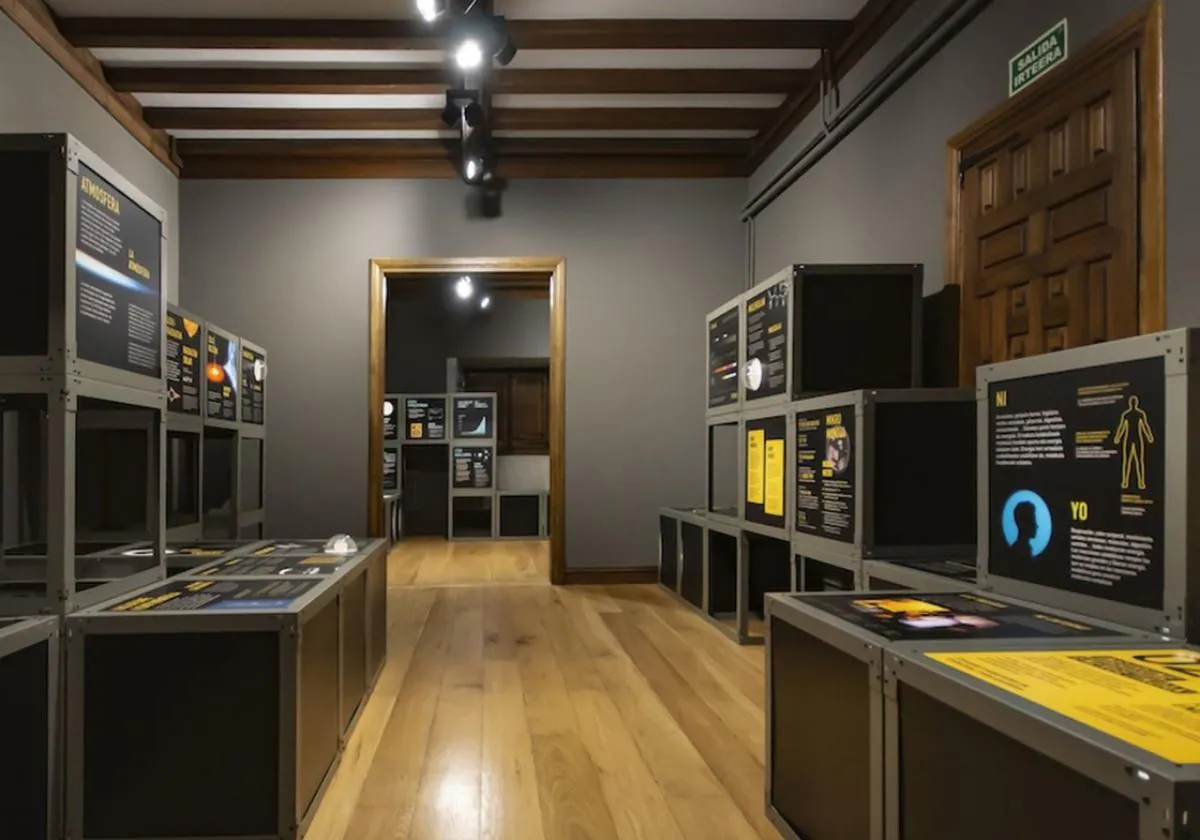Museoa Laboratories, a tourist attraction for spreading science

The Laboratorium Museum is a top-notch resource for foreigners and locals alike during Holy Week. In order to respond to this tourism in a cultural, even scientific, key way, the museum directors open its doors every day until next Sunday, April 16, with a program of guided tours on each of the dates at 11:00 and 12:30.
A tour of the mansion and its collections focused on the history of science from the 19th and 20th centuries, and includes these histories as well as the possibility to visit one of its temporary exhibitions.
Until April 30, the rooms on the ground floor of the Errekalde Jauregia housed the exhibition “Energy: The Origin and End of Everything”. It proposes a journey through the universe, humanity, energy and fuel environments, and energy generation. They are the three heads of the arguments made by each room. A series of light-up blocks and graphs delve deeper into the contents. The information was prepared by famous personalities such as the Navarrese scholar and professor at the University of Barcelona, Javier Tejada, who in collaboration with Carlota Oliver and Ellis Molins commissioned the exhibition.
questioning the audience
Each section asks for viewer participation, as it raises questions like, What decisions will we have to make in the near future regarding energy use or do we have enough energy to continue to evolve and continue with the goal of moving forward in almost all areas of our lives?
By way of display, the exhibition suggests, “Energy and matter have been intertwined since the creation of the universe. The matter we see is made up of atoms, but energy manifests itself in many different ways: light, thermal, chemical, etc.,” and adds, “Two centuries ago we were squeezing resources Energy for our planet. An increase in the standard of living means an increase in energy consumption, which is also multiplied by the rapid increase in population. Will we have enough energy to continue this unbridled race?”, And we end with the request, “Energy must, today, be at the center of our concerns.”
permanent funds
The first floor offers a journey through the history of science with an interactive exhibit, with information in four languages, about the center’s collections. It is divided into four areas: scientific instruments with a predominance of the apparatus used in the chemistry laboratories and physics cabinets of the Royal School from at least 1778 to the first decades of the twentieth century: zoological collections, which were the chief instrument of the naturalists of the time; Models of human anatomy from the Royal School with pieces documented already in 1793 and later from the late nineteenth century; And the geological groups preserved to this day, amounting to 369 fossils and 1181 minerals.

“Award-winning zombie scholar. Music practitioner. Food expert. Troublemaker.”


/cloudfront-eu-central-1.images.arcpublishing.com/prisa/AHVYMMDSTZDTDBFNZ3LMFUOKNE.jpg)




:quality(70)/cloudfront-us-east-1.images.arcpublishing.com/elfinanciero/YDG4472QRJGMPHNKW6S4XD76GI.jpeg)

/cloudfront-eu-central-1.images.arcpublishing.com/prisa/X33WQ3GSYFF3DBKJDAVIGHN3DA.jpg)

